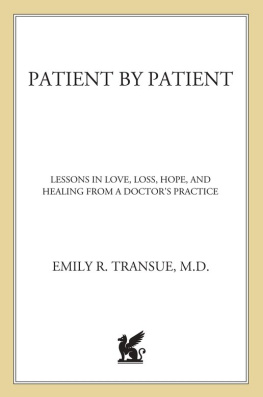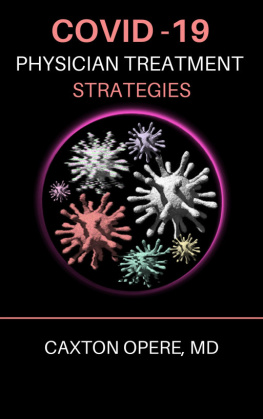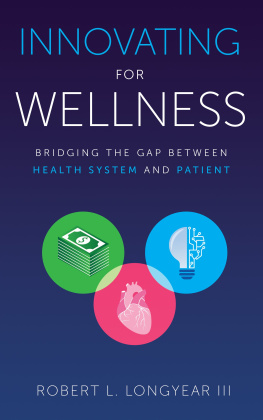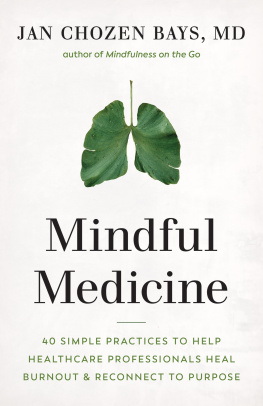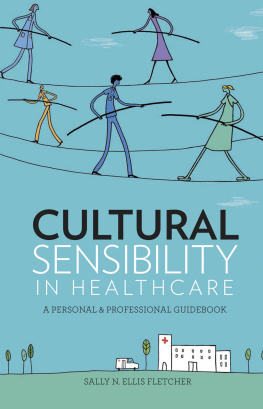Introduction
I couldnt breathe. My nose was so stuffed with boogers and snot that the only way I could breathe was to keep my mouth open and pant like a dog. The hairs on my seven-year-old arms stood up, forming small goosebumps all over.
Amma , I wheezily tried to shout. No response. Ammaaaaa !
I lay shivering under my pink flower-printed blankie for what felt like hours, hoping that someone would come to my rescue. At long last, I heard the thump of footsteps and the jingle of Ammas bangles as she walked toward my room.
Vaana lo thadavaddhani cheppana? Didnt I warn you about playing in the rain? Amma chided me. Now the rain got you wet and gave you jalubu (common cold).
I nodded, my teeth chattering from the cold.
Undu, vedi vedi ga miriyala paalu theeskostha. I will bring some warm pepper milk for you. She left the room toward the kitchen to make the miriyala paalu .
After some minutes, Amma returned with a small steel glass in her hands and sat next to me on my twin-sized bed. I peered into the glass and found a pale brown-colored liquid with small black specks floating in it.
My nose scrunched up in disgust. Naaku odhu ! I dont want it! I wailed.
If you want to feel better, you have to drink it, Amma said.
According to Amma, miriyala paalu, like ripe mango and dried coconut and rasam (a spicy watery tomato soup popular in South India), was a hot food that would increase my body heat and cure my cold. Bananas and fennel seeds and perugu (plain curd), on the other hand, were cold foods that would reduce body heat and cure a fever or sore throat. I didnt know much about the Ayurvedic principles behind these practices. All I knew was that I would never play in the rain again if it meant I would have to drink miriyala paalu .
I sat silently next to Amma, considering my options. I could either brave the miriyala paalu concoction, or I could stay here shivering under my blankets. After some deliberation, I conceded.
Only if I get to watch Hanuman after, I countered. I had seen this cartoon movie at least fifty times already, yet it remained my favorite. I stretched out my tiny hand and held the small steel glass. The warmth of the glass in my hands felt amazing. I put it to my lips and took a sip. It tasted exactly as I imagined it would. It was spicy and warm and burned my throat as I swallowed it. A small piece of black pepper ball got caught in my throat and I started gagging.
Amma! I wailed. I dont want to drink it anymore!
Please, thalli. Naa kosam. For me.
I pinched my nose and gulped down the rest.
* * *
My familys medicine cabinet was never stocked with Tylenol or Dayquil like in other homes. Instead, jars of turmeric, dried basil leaves, black pepper balls, ginger powder, kasturi pills, and other kitchen ingredients lined the shelves of our bathroom. This is the approach to health that my family has preserved for generations. In my family where tradition and culture are kept alive through a myriad of ways, Ayurveda had also worked itself into our daily practices. My family trusts our turmeric more than any Tylenol to keep us healthy because it is what we know best. It is our familiar .
Consequently, my brother and I grew up with an unfamiliarity of most over-the-counter medications. I had only taken Tylenol around ten times my entire life, the majority of those times having taken place in the last couple of years after I moved out of the house.
According to a 2014 study by pharmacologist Martins Ekor, it has been estimated that up to 80 percent of the worlds population in the Global South relies on herbal remedies as their primary source of healthcare and views traditional healing practices as an important part of their culture. When these families emigrate from the Global South to other countries, they carry their culture with them, herbal remedies and all. In my family, our healing traditions were very much a part of our culture and practices. My family didnt see value in using medication for something we could heal using ingredients we already had at home. They had been passed down to us across generations through the experiences and wisdom of our ancestors. If our methods worked for our grandparents, great-grandparents, and great-great-grandparents, why wouldnt they work for us?
Not to mention, our traditional methods of healing were much more affordable and easier to obtain compared to medications from the pharmacy. We didnt have to drive to the nearest CVS in search of Neosporin or Tums that would expire in a year or two anyway. We had our own medicines right here in our kitchen: a mixture of pasupu (turmeric) and kobbari noona (coconut oil) in place of Neosporin, and kasturi pills (small black balls made of a concoction of dried spices and herbs) in place of Tums.
When the time came for me to leave for college, Amma packed my suitcases with many small glass jars and Ziplocs filled with turmeric, ginger powder, kasturi pills, basil leaves, and all the other ingredients that would help protect me against the dreaded dorm room germs. For the first two years of college, I somehow managed to escape the need for these items, but my luck ran short in my third year.
I came down with the flu in mid-March, the day before my a cappella groups biggest concert of the year. How wonderful. Not only did I have chills and a sore throat, but I also lost my voice. I had never experienced this before, so I was particularly horrified when I opened my mouth to speak and nothing but a small croak escaped. How in the world would I recover in time to sing my solo tomorrow?
For the first time, I opened the jar of ginger powder that Amma had packed in my suitcase. It was tightly sealed shut from the years of being left unopened in the back of my dorm room dresser. I made myself a concoction of ginger tea with honey to drink at bedtime with the hope that I would feel better in the morning.
I woke up the next morning feeling just as crappy as I did the day before. The good news was that my voice had returned. The bad news was that I had a 101-degree fever and was too fatigued to even sit up, let alone perform on stage for three hours. Not to mention, I didnt think I would be able to hit any of the high notes in my Hallelujah solo. I made myself some more ginger tea as I deliberated. Should I call the musical director and let her know I couldnt make it? Or should I just suck it up and do my best, even if I end up sounding like a dying hyena on stage for my last concert ever? I was frozen with indecision.
Taylor, my roommate, saw me sitting in my bed with my cup of tea, clutching my head.
Isnt your concert tonight? she asked.
Yeah, I groaned. I dont want to miss it, but I may not have a choice.
You look terrible. Did you take Tylenol?
I shook my head no.
Girl. How are you gonna be a doctor and prescribe medications to others if you wont even take them yourself?
Taylor had a point. I wasnt comfortable with taking over-the-counter medicines because it was something I never grew up doing, but I had already tried my home remedies the night before and they were unsuccessful. Besides the return of my voice, I wasnt feeling much better. I was in a race against time to get well before my concert that evening.
She handed me a Tylenol and told me to get some sleep. The least I could do was try. If it worked, great. Otherwise, Id be in the same boat as I was now. I gingerly took it, swallowed it down forcefully with some water, and got back under my blanket.
Several hours later, my alarm rang. I woke up from my nap, and to my surprise, my head was no longer pounding. I was able to stand up without keeling over, and my fever had mostly subsided. I wondered how it was possible that a single pill was enough to do the job. Maybe it was just some really strong Tylenol. Or maybe it was that my body had no tolerance to Tylenol because I never grew up taking it. Or maybe, just maybe, my ginger tea and extra hours of sleep were starting to kick in.


